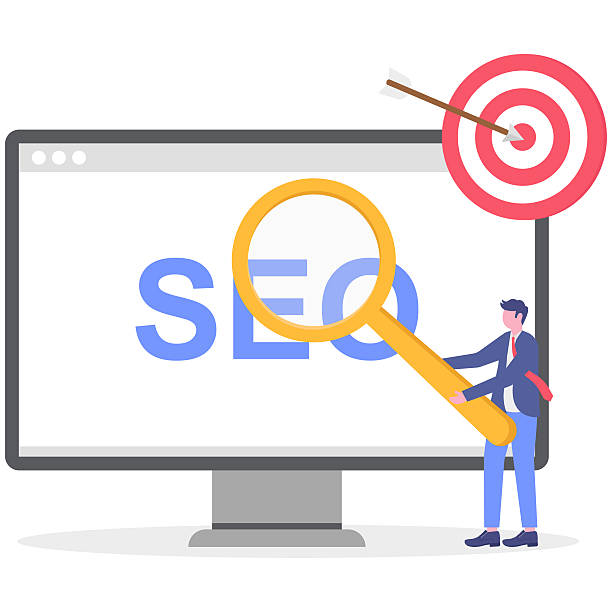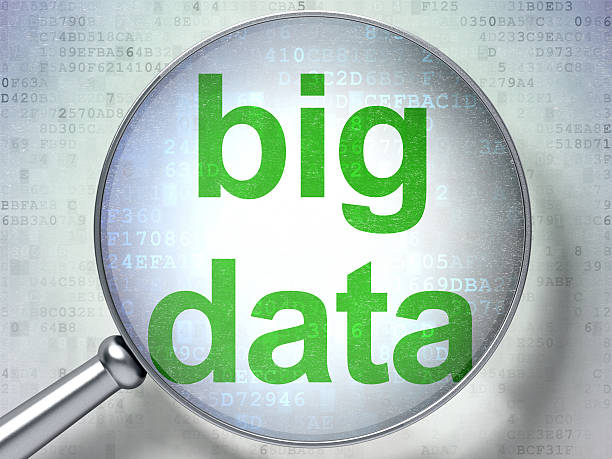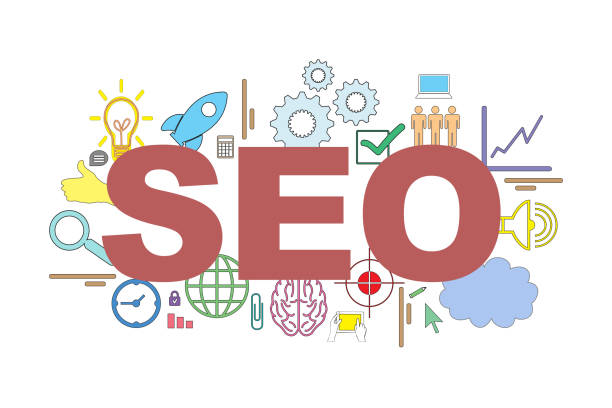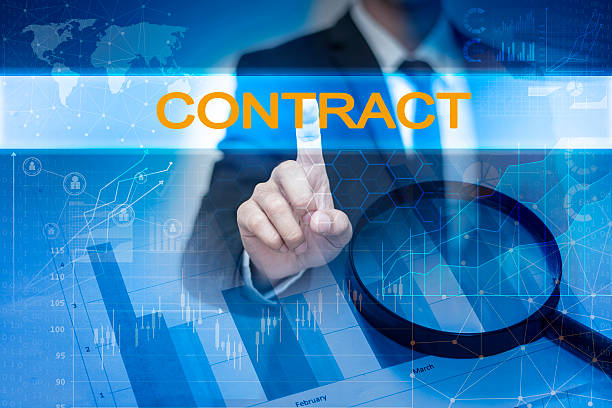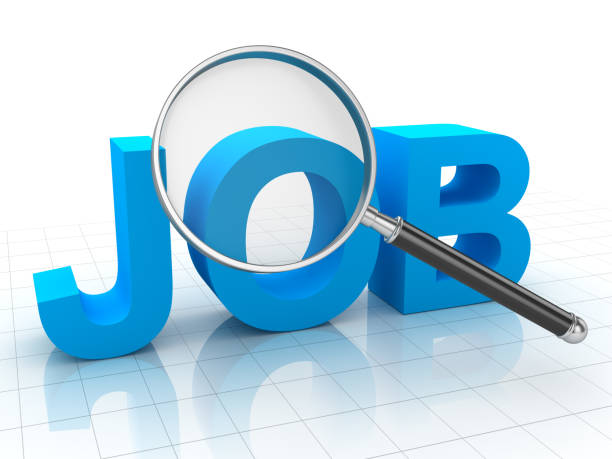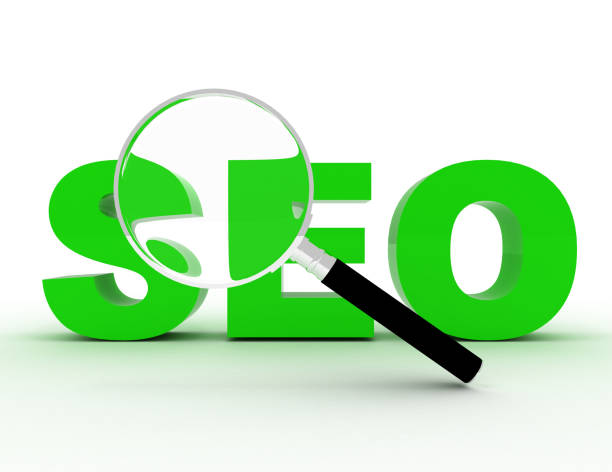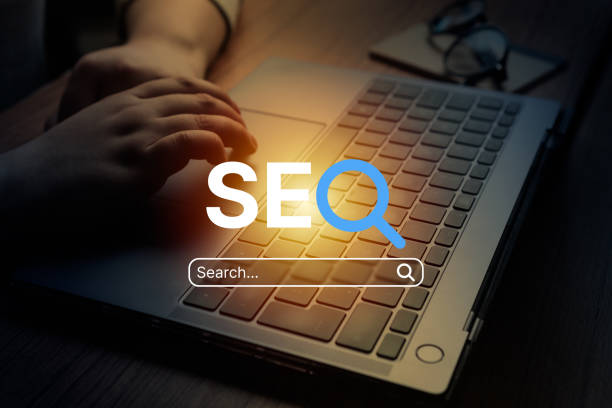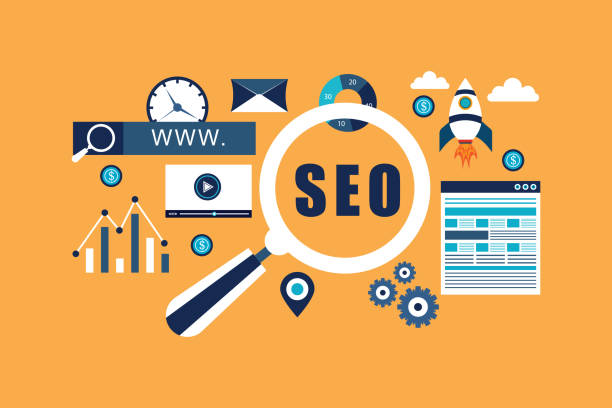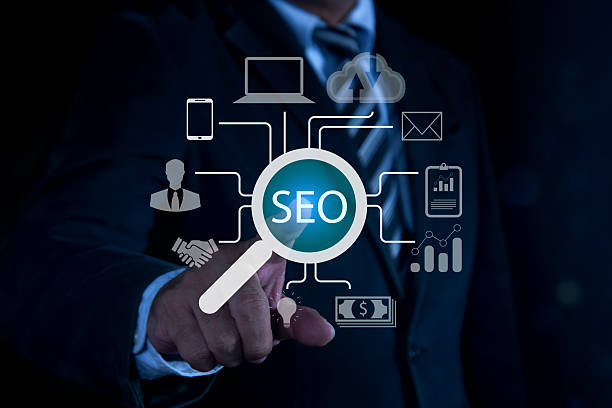What is On-Page SEO and Why is it Important?
On-Page SEO refers to a set of techniques and actions you perform within your website to improve your site’s ranking in Google search results and other search engines.
These techniques include content optimization, site structure, HTML tags, page loading speed, and more.
The importance of On-Page SEO lies in the fact that it helps search engines better understand your site’s content and display it to more relevant users.
Imagine you have an online store that sells #handmade products.
If you don’t do your website’s On-Page SEO correctly, users may not be able to easily find your site on Google, resulting in a decrease in sales.
By optimizing titles, meta descriptions, and the content of your product pages, you can show Google that your site specializes in selling handmade products, thereby improving your site’s ranking in search results.
For more information about SEO, you can visit the Wikipedia page.
In other words, On-Page SEO is a long-term investment that can help increase your site’s organic traffic, improve user experience, and increase your sales.
Did you know that customers’ first impression of your company is your website? With a powerful corporate website from Rasaweb, multiply the credibility of your business!
✅ Custom and eye-catching design tailored to your brand
✅ Improved user experience and increased customer acquisition
⚡ Get a free consultation!
Keyword Research, the First Step in On-Page SEO
Keyword Research is one of the most important steps in On-Page SEO.
This process involves identifying the words and phrases that users use to search for products, services, or information related to your business on search engines.
By identifying these keywords, you can optimize your site’s content based on them and increase the likelihood of your site being seen in search results.
There are various tools for keyword research, including Ahrefs, Moz Keyword Explorer, Google Keyword Planner, and SEMrush.
These tools help you find the search volume of different keywords, the level of competition for them, and related keywords.
After identifying the appropriate keywords, you should use them naturally in your titles, meta descriptions, main page text, and alt tags for your images.
This helps search engines understand what your page is about and show it to more relevant users.
Keep in mind that excessive use of keywords (Keyword Stuffing) can harm your site’s ranking.
Therefore, try to use keywords naturally and relevantly in your content, and avoid repeating them excessively.
In fact, successful #SEO includes understanding user behavior and responding to their needs.
On-Page SEO plays a key role in this process.
Optimizing Titles and Meta Descriptions
Title Tags and Meta Descriptions are two important elements in HTML that are displayed in search results.
The page title is the main title of your page that is displayed at the top of the browser and in search results.
Meta descriptions are a short summary of your page’s content that is displayed below the title in search results.
Optimizing these two elements is very important for On-Page SEO because they help search engines understand what your page is about and encourage users to click on your link.
To optimize titles and meta descriptions, you should use relevant keywords, write them in an attractive and concise way, and avoid repeating titles and meta descriptions on different pages.
The appropriate length for titles is usually between 50 and 60 characters, and for meta descriptions between 150 and 160 characters.
Keep in mind that Google may change your title and meta description in search results, so try to put the most important information at the beginning of them.
On-Page SEO helps you have more control over how your site is displayed in search results.
| Element | Description | Best Practices |
|---|---|---|
| Page Title (Title Tag) | The main title of the page that is displayed in search results. | Use of keywords, attractive and concise, appropriate length (50-60 characters). |
| Meta Description | A short summary of the page’s content that is displayed below the title in search results. | Use of keywords, attractive and concise, appropriate length (150-160 characters). |
Content Optimization, the Heart of On-Page SEO
Content is king! This famous phrase in the world of SEO shows the high importance of content.
Quality, engaging, and relevant content not only keeps users on your site but also helps search engines recognize your site as a reputable and valuable resource.
Content optimization for On-Page SEO includes producing unique content, using relevant keywords, properly structuring content using titles and subtitles, and using high-quality images and videos.
Try to write your content in a way that answers users’ questions and meets their needs.
Also, regularly updating your site’s content is very important for On-Page SEO.
On-Page SEO helps you optimize your content.
Long-Form Content usually ranks better in search results, but more important than content length is its quality.
Avoid writing repetitive and low-quality content, and try to create content that is valuable to users.
#Content_Production should be done with a clear strategy and purpose to achieve the best SEO results.
Do you have an online store but your sales are not as expected? Rasaweb solves your problem forever by designing professional online stores!
✅ Significant increase in conversion rate and sales
✅ Unparalleled user experience for your customers
⚡ Click to get a free consultation with Rasaweb!
Optimizing Images and Videos
Images and videos can make your site’s content more attractive and interactive.
But to use images and videos effectively in On-Page SEO, you need to optimize them.
Image optimization includes choosing the right file name (using relevant keywords), using the alt tag (Alt Text) to describe the image, and reducing the image file size.
The alt tag helps search engines understand what your image is about and is displayed to the user if the image fails to load.
To optimize videos, you should use appropriate titles and descriptions, choose an attractive thumbnail, and host the video on your site (instead of using YouTube or Vimeo).
You can also use Video Schema to provide more information to search engines about your video.
On-Page SEO is improved with optimized images.
Keep in mind that using too many images and videos can slow down your page loading speed, so try to use high-quality and optimized images and videos.
Page loading speed is one of the important factors in site ranking on Google.
Improving Page Loading Speed
Page Speed is one of the important factors in user experience and site ranking on Google.
Users expect website pages to load in a few seconds, and if a site loads slowly, the likelihood of a user leaving it is very high.
Google also considers page loading speed as a ranking factor, and sites with high loading speeds rank better in search results.
To improve page loading speed, you can use various methods, including optimizing images, using caching, reducing CSS and JavaScript file sizes, and using strong hosting.
You can also use tools like Google PageSpeed Insights and GTmetrix to analyze your page loading speed and identify potential problems.
On-Page SEO is directly related to site speed.
Using a CDN (Content Delivery Network) can also help improve your page loading speed, especially if your users access your site from all over the world.
A CDN is a network of servers around the world that places your site’s content near users, causing your site pages to load faster.
Remember #Speed_Optimization is a continuous process and requires continuous review and improvement.
Proper URL Structure and Internal Links
URL Structure and Internal Linking are two important factors in On-Page SEO that help search engines better understand your site’s structure and connect related pages.
Your site’s URLs should be short, descriptive, and include relevant keywords.
Avoid using long, complex, and incomprehensible URLs.
For example, instead of using a URL like example.com/page?id=123, use a URL like example.com/seo-internal.
On-Page SEO helps you improve your site’s URL structure.
Click here to preview your posts with PRO themes ››
Internal links are links that point from one page on your site to another page on the same site.
Internal links help search engines find related pages and distribute credit (Link Juice) between different pages on your site.
Try to link to other related pages in your content and use appropriate anchor text.
For example, instead of using the link text “click here”, use the link text “Comprehensive On-Page SEO Guide”.
| Element | Description | Best Practices |
|---|---|---|
| URL Structure | The address of your site’s pages. | Short, descriptive, includes relevant keywords. |
| Internal Links | Links that point from one page on your site to another page on the same site. | Linking to related pages, using appropriate link text. |
The Importance of a Responsive Site (Mobile-Friendly)
Given the increasing use of mobile phones for searching the internet, having a responsive site (Mobile-Friendly) is very important for On-Page SEO.
A responsive site is a site that automatically adapts to the screen size of different devices (such as mobile phones, tablets, and computers) and provides a good user experience for users.
Google prioritizes responsive sites and gives them better rankings in search results.
To ensure your site is responsive, you can use Google’s Mobile-Friendly Test tool.
This tool shows you how your site is displayed on mobile phones and identifies potential problems.
On-Page SEO is improved with responsive site design.
You can also use a responsive theme for your site or design your site using responsive design techniques (such as using CSS Media Queries).
Keep in mind that the user experience on mobile phones should be as good as the user experience on computers.
Are you tired of losing business opportunities because you don’t have a professional corporate website?
Rasaweb helps you by designing a professional corporate website:
✅ Build a powerful and reliable image of your brand
✅ Convert site visitors into loyal customers
⚡ Get a free consultation now!
Using Structured Data (Schema Markup)
Structured Data (Schema Markup) is code that helps search engines better understand your site’s content.
By using structured data, you can provide more information about your content to search engines, such as the type of content (article, product, event, etc.), author, publication date, and rating.
Google uses this information to display rich search results (Rich Snippets), which can increase your site’s click-through rate (CTR).
Schema.org is a website that provides a collection of schemas that you can use to mark up your content.
To add structured data to your site, you can use an SEO plugin (such as Yoast SEO or Rank Math) or add the code directly to your site’s HTML.
On-Page SEO is improved by using structured data.
Keep in mind that proper use of structured data can have a positive effect on your site’s ranking, but improper use of it can harm your site’s ranking.
Therefore, before using structured data, make sure you understand it correctly and follow Google’s guidelines.
Monitoring and Analyzing On-Page SEO Results
After taking On-Page SEO actions, you should monitor and analyze your results to understand what works and what doesn’t.
To do this, you can use tools like Google Analytics and Google Search Console.
Google Analytics helps you track your site’s traffic, analyze user behavior on your site, and measure your conversion rate.
Google Search Console provides you with information about how your site is displayed in search results, the keywords through which users reach your site, and potential errors on your site.
Click here to preview your posts with PRO themes ››
Using this information, you can improve your On-Page SEO strategy and achieve better results.
On-Page SEO is a continuous process and requires continuous monitoring and improvement.
#Continuous_Optimization of the site is necessary to maintain ranking in search results.
For example, if you notice that a particular page on your site is not receiving a lot of traffic, you can optimize the title and meta description of that page or improve its content.
Also, if you notice that your site has Crawl Errors, you should fix them so that search engines can easily index your site.
Frequently Asked Questions
| Question | Answer |
|---|---|
| What is On-Page SEO? | On-Page SEO involves optimizing elements that are directly within your control and inside your website. Its goal is to help search engines better understand the content of the page and improve its ranking. |
| Why is On-Page SEO important? | On-Page SEO provides clear signals to search engines about the content of the page, improves user experience, and increases the chance of attracting organic traffic. |
| What are the most important On-Page SEO factors? | Keywords, Title Tag, Meta Description, URL structure, quality content, image optimization, and internal links are among the most important factors. |
| What is the role of the Title Tag in On-Page SEO? | The Title Tag is one of the most important signals for search engines and users that specifies the main topic of the page. It should include the main keyword and be attractive. |
| How important is the Meta Description? | The Meta Description does not directly affect ranking, but it can improve the click-through rate (CTR) by encouraging users to click. |
| How do we optimize images for On-Page SEO? | By using a descriptive file name, appropriate Alt Text containing keywords, compression to reduce volume, and correct dimensions. |
| What effect do Internal Links have on SEO? | Internal links help search engines discover and index site pages, distribute credit (PageRank) throughout the site, and improve user navigation. |
| Is page loading speed one of the On-Page SEO factors? | Yes, page loading speed is a critical factor in On-Page SEO and user experience. Slower pages can lead to higher bounce rates and lower rankings. |
| What are the characteristics of quality content for On-Page SEO? | Quality content should be comprehensive, unique, relevant, reliable, readable, and fully answer the needs and questions of users. |
| How can keywords be used in content? | Keywords should be used naturally in the title, subheadings, first paragraph, body text, and image alt text. Avoid Keyword Stuffing. |
And other services of Rasa Web advertising agency in the field of advertising
Intelligent social media: A fast and efficient solution for user interaction with a focus on accurate audience targeting.
Intelligent digital advertising: A creative platform to improve the click-through rate with intelligent data analysis.
Intelligent advertising campaign: An effective tool for online growth with the help of intelligent data analysis.
Intelligent conversion rate optimization: Designed for businesses looking for online growth through user experience customization.
Intelligent digital branding: A fast and efficient solution to increase site visits with a focus on attractive user interface design.
And more than hundreds of other services in the field of internet advertising, advertising consulting, and organizational solutions
Internet advertising | Advertising strategy | Advertorial
Resources
On-Page SEO Checklist
,HubSpot’s Comprehensive On-Page SEO Guide
,On-Page SEO Training from Search Engine Journal
,Moz On-Page Optimization
? In today’s competitive world, a strong online presence is the key to your success. Rasaweb Afrin takes your business to the top by providing comprehensive digital marketing solutions, including Responsive Website Design, SEO, and Social Media Management. Build your digital future with us.
📍 Tehran, Mirdamad Street, next to the Central Bank, South Kazeroun Alley, Ramin Alley No. 6


